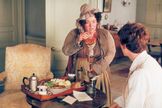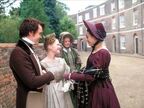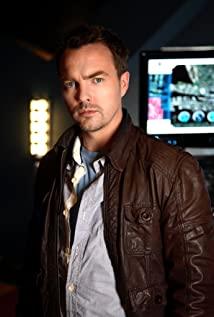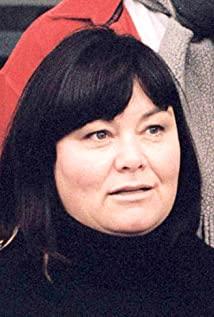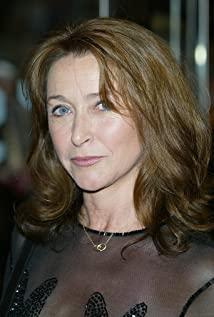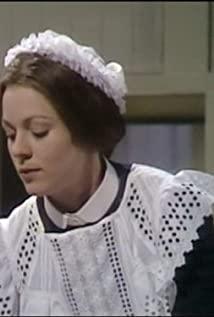Dickens's original work is like telling a story, describing David Copperfield, a figure with Dickens' shadow, who has experienced, suffered, suffered and grown in the past 20 years from childhood to adulthood, and also described the life around him. All kinds of living characters from all walks of life around them sincerely praised the truth, the good and the beautiful, and ruthlessly attacked the false, evil and ugly. Another invaluable feature of the original book is that the whole book uses humorous brushwork, which makes the original book read with endless charm. For example, in the book, the pair of living treasures of the Colbert and his wife, the original book clearly expresses sympathy for them, but also does not politely point out their personality problems; also expresses appreciation for Colby's bravery and going to Australia to start a business; this character is actually It represents where the people of the declining class from the old world will go in the face of the new trend of the times, and the original work is always described with humorous brushwork. However, there is hardly any humor in the film. In the end, when Kaurbai took his family to Australia to board the ship, the book described that he had a wooden spoon hanging from his waist. But omitted. Another example is Old Pakistani, the coachman, who is a typical worker at the bottom of the society. He is loyal and kind. His first and last words are "I do." not enough. Another example is that in the end, the mother-in-law said to David that "Agnes has a sweetheart", which is full of humor and has no sense of humor. The film captures Dickens' story, but it lacks the humorous taste of the original work. (For filmmaking, it may be difficult, just like making a film about "Grandma Liu's first entry into the Grand View Garden".) The taste is poor. Far. This refers to the 1999 version.
View more about David Copperfield reviews



